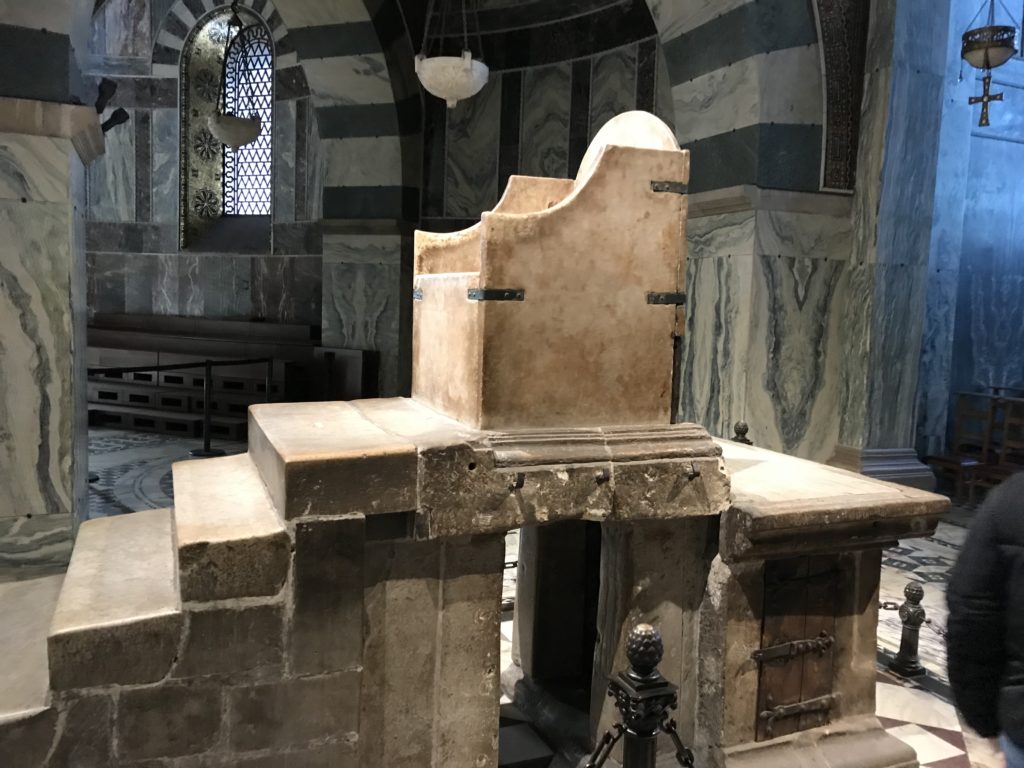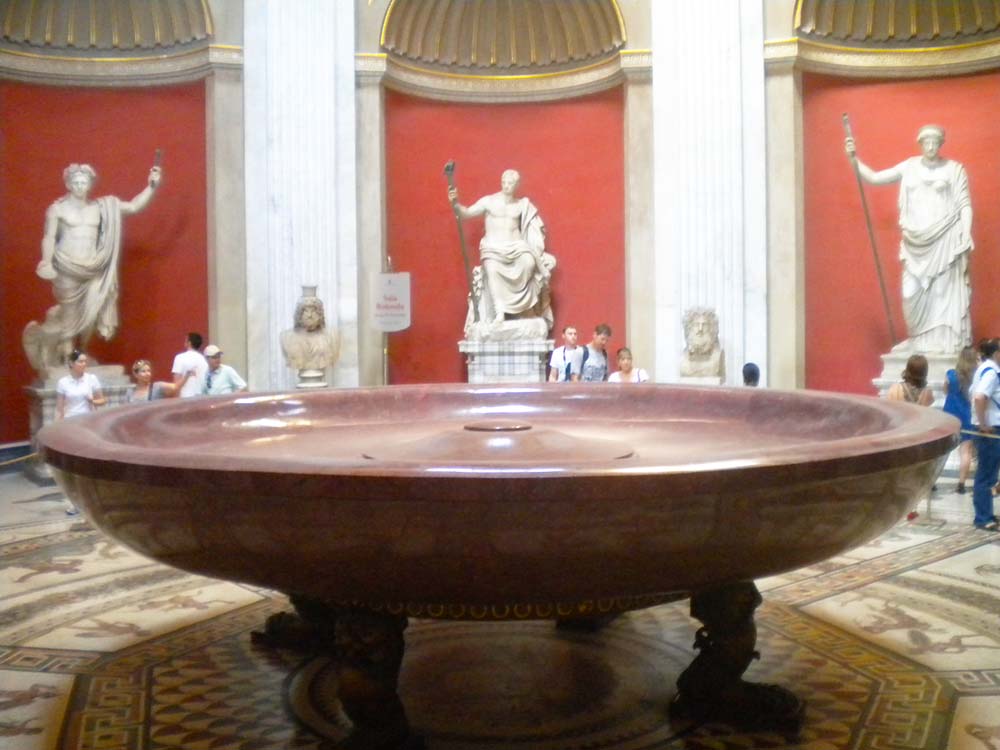Medieval Marble Papal Roman Throne

The title was predominantly a claim to become holy roman emperor and was dependent upon coronation by the pope.
Medieval marble papal roman throne. Medieval rome characterized by a break with constantinople and the formation of the papal states. From ancient times bishops of the roman catholic eastern orthodox anglican and other churches where episcopal offices exist have been formally seated on a throne called a cathedra greek. From ancient times bishops of the roman catholic eastern orthodox anglican and other churches where episcopal offices exist have been formally seated on a throne called a cathedra greek. The papacystruggled to retain influence in the emerging holy roman empire and during the saeculum obscurum the population of rome fell to as low as 30 000 inhabitants.
King of the romans latin. The papal throne is nothing new to the roman church. The red marble thrones of the lateran. The relic is enclosed in a sculpted gilt bronze casing designed by gian lorenzo bernini and executed between 1647 and 1653.
It was last seen in 1978 with papa luciani. König der römer was a title used by syagrius then by the german king following his election by the princes from the time of emperor henry ii 1014 1024 onward. The medieval papacy although much about the early popes remains shrouded in darkness scholars agree that the bishops of rome were selected in the same manner as other bishops that is elected by the clergy and people of the area though there is some evidence that some of the early bishops attempted to appoint their successors. Abstractamong the liturgical furnishings that have survived from the early medieval period a complete episcopal throne is a true rarity.
Papacy the office and jurisdiction of the bishop of rome the pope latin papa from greek pappas father who presides over the central government of the roman catholic church the largest of the three major branches of christianity the term pope was originally applied to all the bishops in the west and also used to describe the patriarch of alexandria who still retains the title. This article examines a marble papal throne that appeared on the antiquities market in rome in the late 1930s and is now in private hands. Pope john paul opted not to use a throne and so it sat in storage and then in the lateran palace museum until last december of 2006 when it was brought back into papal use. The relic is a wooden throne that tradition claims the apostle saint peter the leader of the early christians in rome and first pope used as bishop of rome.



















